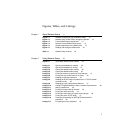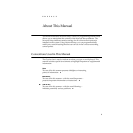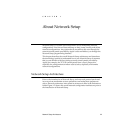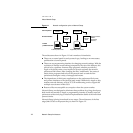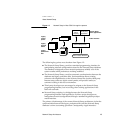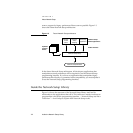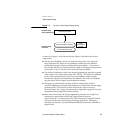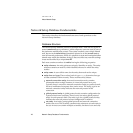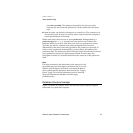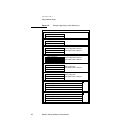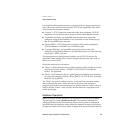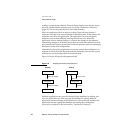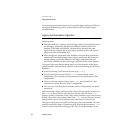
CHAPTER 1
About Network Setup
Inside the Network Setup Library
15
Figure 1-4
Structure of the Network Setup Library
As shown in Figure 1-4, the Network Setup library is divided into four key
components:
■
The low-level database, which is an internal component of the Network
Setup Extension file. The low-level database contains the core database
manipulation engine. It knows nothing about networking — it just moves
bits around. The low-level database is not visible to developers except insofar
as its prefix (“Cfg”) is used by some Network Setup identifiers.
■
The mid-level database, which is the actual programming interface exported
to developers. Its routine names start with “OTCfg”. The mid-level database
passes most requests directly to the low-level database, which actually
executes the request and manipulates the database. The mid-level database
also interfaces with the legacy synchronization module.
■
The legacy synchronization module, which in combination with the
mid-level database, ensures that the database is synchronized with the legacy
preferences files. This module will be removed in a future version of
Network Setup. See “Legacy Synchronization Algorithm” (page 22) for more
information about legacy file synchronization.
■
Most users of the Network Setup programming interface use a high-level
framework to assist them in their task. Apple software uses an
Apple-internal C++ framework for this. This framework is statically linked
into software like the Network Setup Scripting application. Third-party
developers commonly use the MoreNetworkSetup framework, available as
sample code.
Network Setup
extension
Network Setup
aware applications
High-level framework
Mid-level database (OTCfg)
Low-level database (Cfg)
Legacy
Synchronization
module



